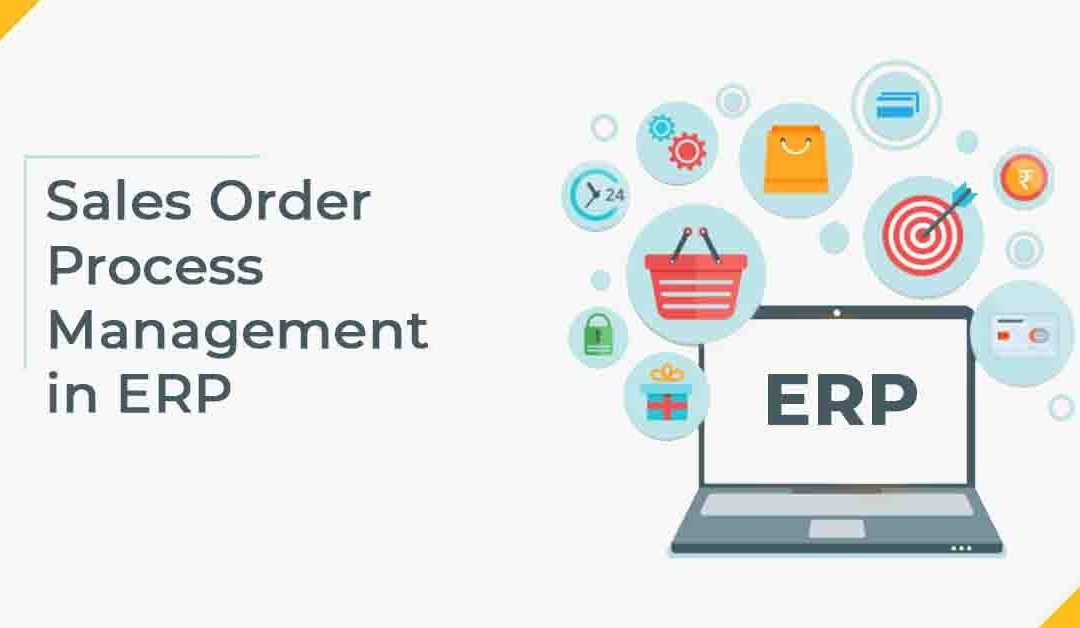A sales order is an official arrangement for the distribution of merchandise or the supply of services between a corporate group and a selling party. It requires defined prices, quantities of products, and dates of conveyance. Any sales order issued promptly sets you up as a trustworthy name on the market. As the number of purchase orders continues to increase, handling the load becomes problematic for conventional software applications.
It is the fundamental duty to supply orders on schedule to consumers.
The role of ERP:
A standard order starts with the generation of the sales team’s purchasing order with data variables such as customer number, inventory number, order amount, delivery dates, etc. This data is analyzed and order entry is generated via the ERP order management solution. A sequence of automatic events starts with this to allow tracking and control of the order process. In the organization, each department is informed about the order so that they can work together in real-time to process the order in a timely manner.
-
Sales order processing
In order management, order processing is the most significant feature. Resource allocation starts to acquire raw material from inventory stock as soon as the sales order is produced.
The order then hits the stage of development and is well-guided by the ERP solution before the end of the assembly line. Thus, the order hits the department of packing and delivery. Here, it is processed with a customer mark and bar code on top of it for packaging. Finally, when the purchase order is ready to be dispatched to consumers, taking into account freight charges and taxes, automatic invoices are produced. The entire procedure is also streamlined so each department will control the progress of the order in real-time and plan their activities accordingly.
A consolidated order entry is generated where there are several business units catering to a single order and can be monitored by all business units. It frees workers from the strain of unnecessary contact that results in a waste of time.
In addition, unwarranted uncertainty over the purchase order is eliminated. The order progress will be monitored by clients and manufacturers in addition to the workers. In line with production assembly, distribution schedule, and urgent requests, ERP is also allowed to prioritize orders.
-
Customer data processing
The specifications, needs, and demands of consumers differ greatly. Customer variables can include address, customer-specific terms and conditions, pricing, credit limit, etc.
ERP software, however, is entirely capable of grappling with these inequalities. During the preparation of the purchase order, every information is specifically processed.
-
Data analytics
The order management framework helps you to review and produce reports to monitor business performance in order processing. This encourages you to recognize vulnerabilities that resulted in sales order delays around the company.
These problems can include manpower performance, inventory packaging, faulty assembly line, order backlogs, order returns, etc. It encourages you, then, to propose process changes and to delete bugs.
-
Manage your orders effectively with ERP
Your sales, financing, procurement, and development department is combined with the ERP system. It helps control inventory levels, monitor returns on purchases, keep track of the status of payment and distribution.
Moreover, it helps increase the visibility of revenue and the performance of order handling.
Conclusion-
In Business, the method of order fulfillment should be seamless, making it an enjoyable experience for clients to work with you. A coordinated method of order management is representative of the operating performance, minimizes inventory load, and saves time and resources. With the introduction of ERP solutions, all this is necessary to do. PC Soft offers the best solutions to manage your sales order processes in ERP. Contact us for more information.



